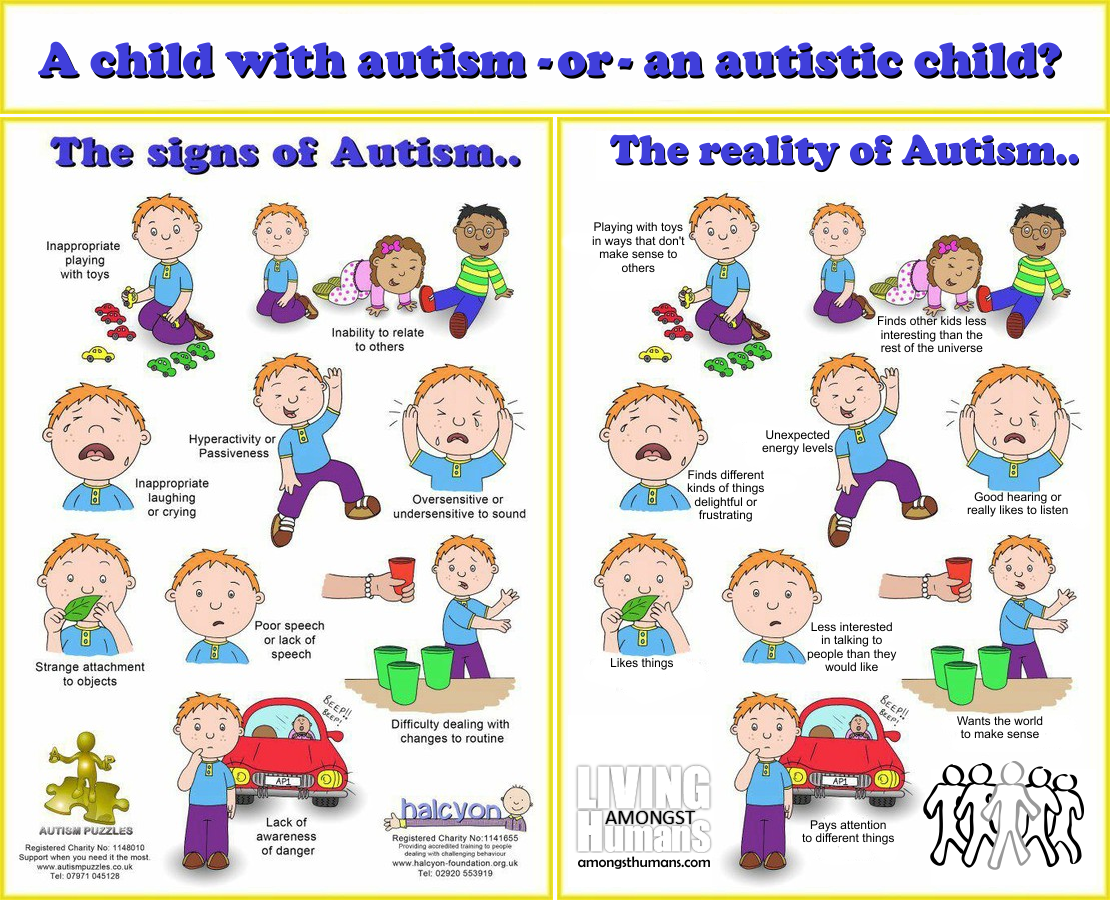Dsm-5: The 3 Levels Of Autism Dw

- PDD-NOS, together with CDD and Asperger's, was reclassified as ASD to ensure a more standard medical diagnosis and criteria for loved ones with ASD so they could receive the most effective possible help.Level 1 autism, on the various other hand, is when someone requires some support, but assistance is only minimally required.Much like Asperger's Disorder, it has ended up being a part of the broader medical diagnosis of ASD.Indicators of ASD frequently show up in early childhood years and can influence day-to-day performance.
Accessing Support
In a similar way, the records of more than one third of youngsters with ASD were missing IQ scores or other steps of cognitive ability. The completeness and accessibility of information might add to irregularity throughout sites, and youngsters that were provided cognitive tests could vary from those that were not. Second, cognitive ability was determined on the basis of a youngster's most recent cognitive examination or supervisor declaration of a youngster's cognitive capacity. The age at which children had their most recent test or supervisor impact of cognitive capability varied by website.
Asd Degree 1: Needing Support
People at this degree call for intensive, ongoing support across numerous facets of daily life. People with PDD-NOS might show obstacles in social communications, interaction, and language growth. They might have problem understanding nonverbal cues, revealing emotions, and maintaining mutual conversations. PDD-NOS is a heterogeneous condition, suggesting that the symptoms and severity can differ widely among individuals.

In DSM-IV, autism was classified right into different diagnoses, including Autistic Identity & Culture autistic condition, Asperger's syndrome, and pervasive developing problem not otherwise specified (PDD-NOS). Autism Spectrum Condition http://remingtonbakx834.lucialpiazzale.com/behavioral-therapies-for-the-therapy-of-autism-range-disorder-an-organized-evaluation (ASD) acts as an umbrella term incorporating all kinds of autism. Unlike previous classifications, ASD focuses on a variety of signs and symptoms and seriousness levels. This technique emphasizes the irregularity in private experiences rather than purely specified classifications. If your youngster is coping with autism, it is important for you to recognize the various sorts of autism and the symptoms provided by each.